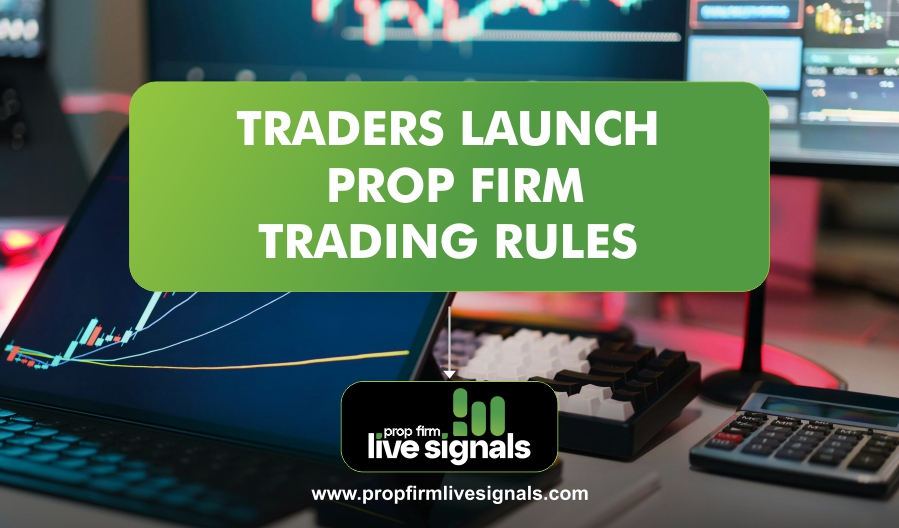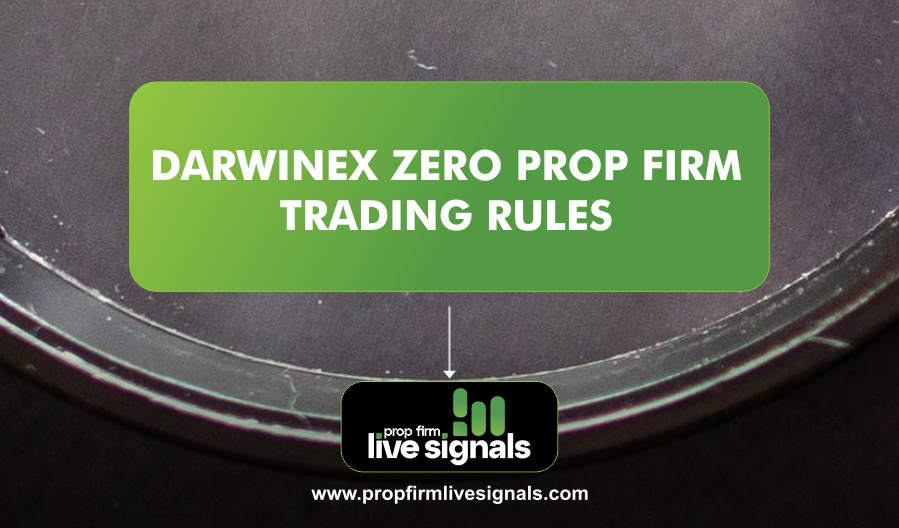Prop firms have become popular by offering traders access to substantial capital without risking personal funds. However, traders must follow specific rules to ensure profitability, minimize risks, and maintain consistency. These rules cover everything from risk management to profit-sharing.
What is a Proprietary Trading Firm (Prop Firm)?
A proprietary trading firm, or prop firm, is a company that trades financial markets using its own capital. Unlike retail traders, who use their personal funds, prop firm traders are given the firm’s money to trade on its behalf. In exchange, traders typically share a portion of the profits they generate with the firm.
Traders Launch Prop Firm Trading Rules
While prop firms can offer many advantages to traders, they also come with specific rules and guidelines that traders must adhere to. Traders launch trading rules are set to ensure the firm’s capital is protected and that traders remain disciplined in their approach.
1. Risk Management Rules
Risk management is one of the most crucial aspects of trading in a prop firm. Prop firms often impose strict risk parameters to protect their capital. These rules may include:
- Daily Loss Limits: Traders are typically given a daily loss limit, which is the maximum amount they can lose in a single day. If the loss limit is reached, the trader must stop trading for the day.
- Drawdown Limits: A drawdown is the decline in a trader’s account balance. Prop firms often set a maximum drawdown limit that traders cannot exceed. If the drawdown limit is breached, the trader’s account may be closed or their trading privileges suspended.
- Position Sizing Limits: Traders are typically given a maximum position size that they can trade. This is designed to prevent a single trade from wiping out a large portion of the firm’s capital.
2. Profit Target and Payout Structure
Prop firms often require traders to hit certain profit targets within a specified time frame. These targets are usually designed to align the trader’s goals with the firm’s objectives. For example, a prop firm might require a trader to make a certain percentage of profits over the course of a month or quarter.
Once a trader hits the profit target, they are eligible for a profit payout, which is typically a percentage of the profits they generate. The payout structure may vary depending on the firm, but it’s common for traders to receive 70% to 90% of the profits they generate.
3. Trading Style and Strategies
Many prop firms have specific preferences when it comes to trading styles. While some prop firms may allow a wide range of strategies, others may have a more focused approach. Common trading styles in prop firms include:
- Scalping: This involves making quick trades to capture small price movements within short time frames.
- Day Trading: Traders enter and exit trades within the same day, aiming to profit from intraday price fluctuations.
- Swing Trading: Swing traders hold positions for several days to take advantage of price swings.
- Position Trading: This is a longer-term strategy where traders hold positions for weeks or even months.
Some firms may have preferences for one type of strategy over others, while others are more flexible as long as the trader adheres to the firm’s overall risk management rules.
4. Trading Hours and Restrictions
Prop firms often impose restrictions on trading hours. These restrictions may be related to the liquidity of certain markets or the risk of excessive volatility during certain hours. For example:
- Trading during off-hours: Some prop firms may restrict trading outside of major market hours due to lower liquidity and increased volatility.
- News events: Traders may be restricted from trading during major news releases, such as central bank meetings or economic data announcements, due to the high levels of uncertainty that these events bring.
It’s essential for traders to familiarize themselves with the firm’s trading hours and restrictions to ensure compliance.
Conclusion
Proprietary trading firms provide a unique opportunity for skilled traders to access large amounts of capital, trade profitably, and share in the firm’s success. However, with this opportunity comes the responsibility of adhering to the firm’s strict trading rules, which are designed to protect both the trader and the firm’s capital.
By understanding and respecting these rules, traders can position themselves for success in the competitive world of prop trading. If you’re looking to embark on a prop trading journey, be sure to carefully review the rules of any firm you’re considering and tailor your trading strategy to align with their requirements.
Frequently Asked Questions (FAQs)
What is the purpose of a prop firm’s trading rules?
The purpose of prop firm trading rules is to protect the firm’s capital, ensure consistent profitability, and minimize risk. These rules help establish a structured trading environment where traders can work with the firm’s money but must follow guidelines designed to keep them from taking unnecessary risks.
How do I get started with a prop firm?
To get started with a prop firm, you must apply for a trader position, complete a test or evaluation, and demonstrate your ability to follow the firm’s rules while generating consistent profits. Some prop firms offer paid courses or mentorship programs to help you improve your skills before applying.
What happens if I breach a prop firm’s trading rules?
If you breach a prop firm’s trading rules, such as exceeding the daily loss limit or drawing down beyond the acceptable level, the firm may penalize you. In some cases, the firm may suspend your account or revoke your access to its capital. Following the rules and managing risk effectively is essential to avoid these consequences.
How do profit splits work in prop firms?
Profit splits typically involve the trader receiving a percentage of the profits they generate while trading the firm’s capital. The exact split varies from firm to firm, but it is common for traders to receive 70% to 90% of the profits, with the remaining portion going to the firm.
Can I trade any instrument at a prop firm?
Most prop firms allow trading a wide range of financial instruments, such as stocks, forex, commodities, and cryptocurrencies. However, some firms may have preferences or restrictions on certain instruments. It’s important to understand the firm’s trading rules and available markets before getting started.




